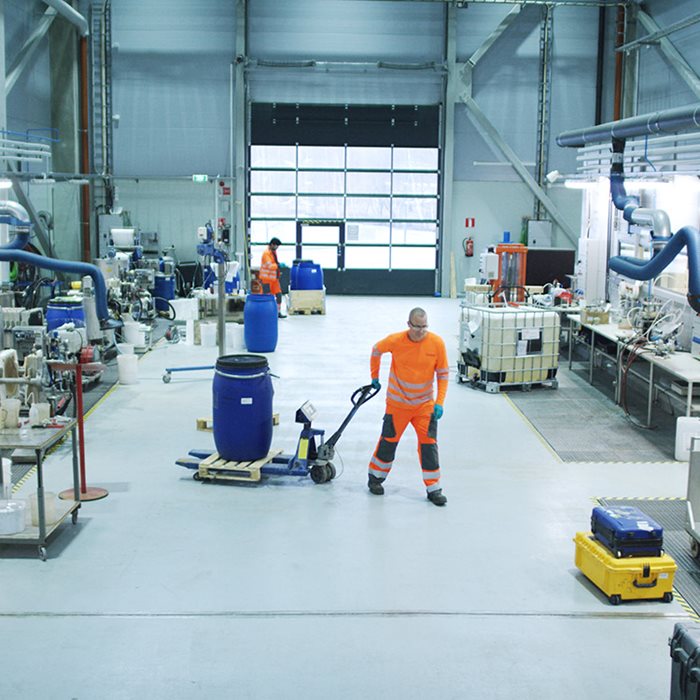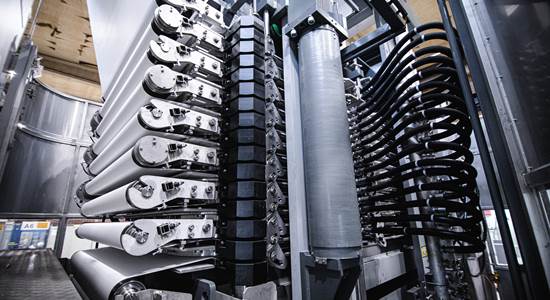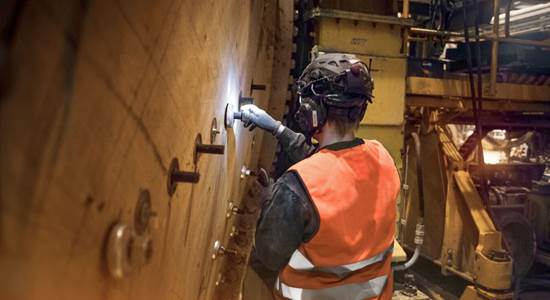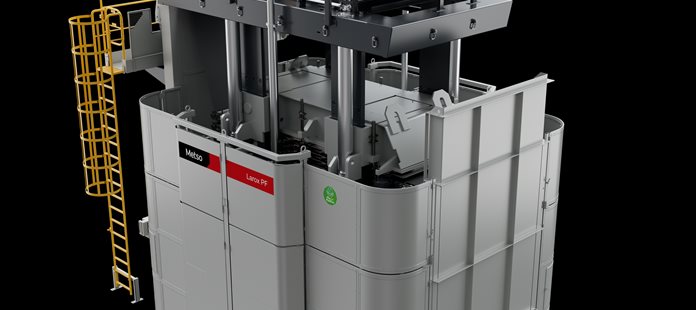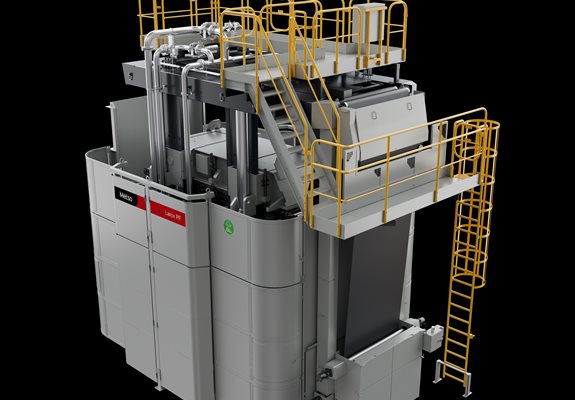
1,6 – 168 m² filtration area
Up to 16 bars operating pressure
Up to 90% less water usage due to efficient cake and cloth washing
Up to 42% decreased energy use per unit output due to high unit capacity and short cycle time
Get a filter designed for easy maintenance, superior performance, and consistent results under varying process conditions. Larox® PF filter pressure filters are fully automatic recessed-plate diaphragm filters with horizontally oriented chambers. The continuous filter cloth ensures thorough cloth washing and efficient cake discharge from each chamber at every cycle.
- Offers high capacity with proven efficiency and reliability
- Gives you low overall operating costs and competitive total cost of ownership
- Produces dry, consistent, and homogenous filter cake and efficient solids wash
- Offers fully automatic operation, self-diagnostics, and flexible operation
- Reduces floor space requirements
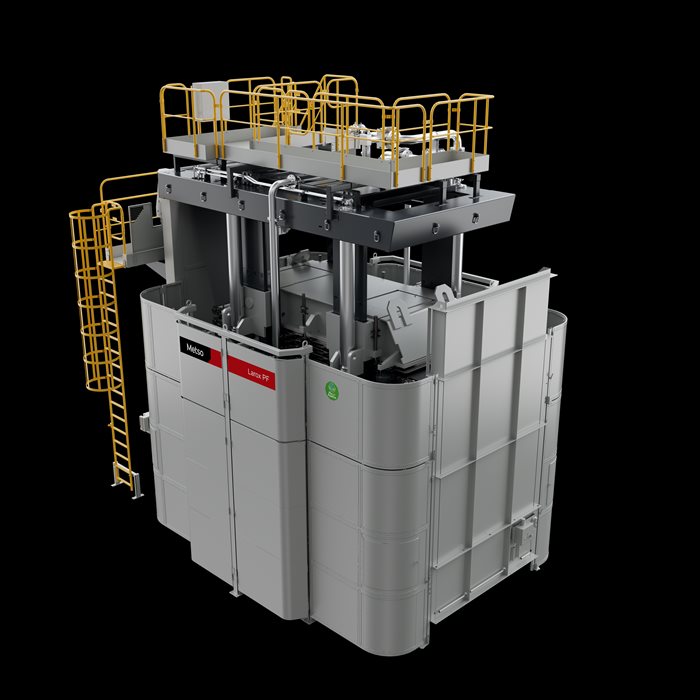
Applications
Metso’s filtration expertise is built on almost one hundred years of R&D and process knowledge, and is supported by the company’s globally unique Dewatering Technology Center (DTC) in Lappeenranta, Finland. The DTC plays a crucial role in Metso’s filtration solution innovations and acts as a hub for close university cooperation related to separation technology research. Metso has performed over 14,000 filtration tests and has delivered over 5,000 filters around the world.
